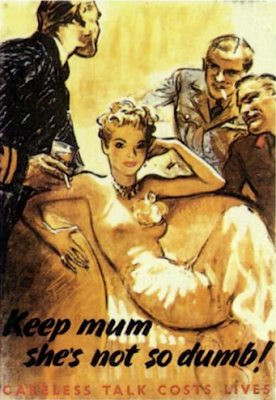1930's - editorial design - can make beautiful images and the world of the magazine
Man Ray - did work with layouts working for magazines such as Harpers bazaar.
Magazines of that time were very much focused on looking at the relationship between photography and type, photography being the main feature!!. The conversation between type and layout, he thought of them not as pages but as a photographic frame looking at cropping/ scale, playing around with proportion. Every detail is showing the attitude and classiness of the magazine.
The magazines were also influenced by film noir, they were about high contrast. Black and white, close-ups, drama!!
Dr Mehemed Fehmy Agha b 1896 - vogue
Born to Turkish parents in the Ukraine in 1896, Agha left behind the Russian revolution to find work as a designer in Europe. He came to the US in 1929 after being recruited from German Vogue in Berlin by Condé Nast. Nast made Agha the art director for Condé Nast Publications." He encouraged his designers to plunder the treasures of 'the temple of Constructivism.' and had full understanding of photographic techniques.
Agha introduced the use of double page spreads ("rather than a sequence of single pages"), Constructivist compositions, bleeds, and the use of famous illustrators and photographers in advertising. He was also a designer of cultureal intermediary - modern art as training for art director, mixing up the cultures.
very different to subcultures - metrosexual, metropolitan part of an elite, aspirations, after their taste, emulate encouraged to copy your heros, who they know.
Cipe Pineless - seventeen
A female designer that i came across whilst researching into agha, (1908-1991) was one of the most prominent designers of the twentieth century and one of the first female art directors to work at a major magazine. She served in that capacity at Glamour, Seventeen and Charm. was working with Agha on the design of Vogue and Vanity Fair, where she learned how to be an editorial designer. "Agha was the most fabulous boss to work for," Pineles reported later. "Nothing you did satisfied him. He was always sending you back to outdo yourself, to go deeper into the subject." He told his staff to visit galleries and museums and bring back new ideas.
Alexey Brodovich - harpers bazaar
Images above of type/ photo. An avant garde modernist who studied in paris known for his passion for white space and openness of the page. Was the art director at harpers bazaar working alongside photographers such as Richard Avedon and Lillian Basman (assistant). He studied in paris (flamboyant), cassandre and man-ray, with his background being in fine art, but then emigrated to america in 1930. Rythmic, typo-foto.
Art direction = "The economic interdependence of magazines and advertising was reflected in the similar design of the editorial and advertising pages. Each had headlines, text columns and some kind of illustration. As journalism and advertising depended increasingly on images—the 'art' element—their reproduction and the layout as a whole became the responsibility of an 'art director.'
In America, art direction proceeded the profession of graphic design. Americans looked to Europe for modern culture and sophistication." The influx of European art directors and artists would greatly influence graphic design.*
* From Richard Hollis, Graphic Design, A Concise History, Thames and Hudson, 2001, p 99.

























.jpg)











 Lillian Basman
Lillian Basman